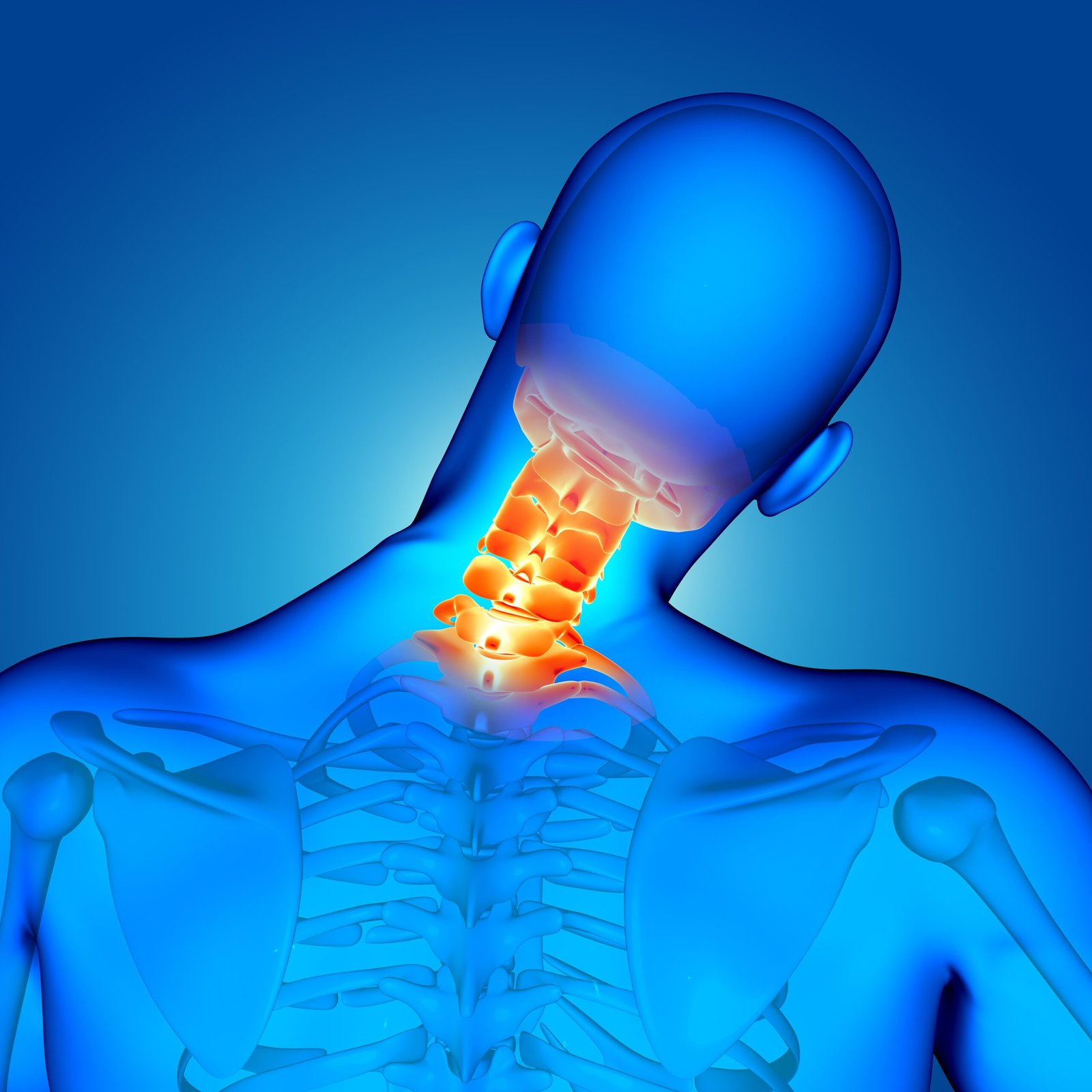Traction is a centuries old treatment that has been administered by chiropractors for healing conditions like a sore neck or a sore back. Alternately, traction therapy may be used for decompressing any of the ailing joints.
Who Can Use Traction Therapy
Traction may broadly be seen as application of continuous force to stretch the spine. It is also very often used and is highly effective for treatment of musculoskeletal conditions, i.e. injuries that are not externally visible, but involve muscles, ligaments, joints, tendons, nerves, bones or the supporting structures. For muscular disorders, including muscle spasms, dislocation or for fracture, traction therapy can be very useful, and is often applied for arms, legs, back or neck.
Traction Therapy for Neck related Issues
In particular, traction therapy can be greatly effective for neck related problems. While neck traction is very often applied to ensure pain relief, there are various mechanisms by which it heals the neck.
1. When traction is applied on the neck, soft tissues and joints are mobilized in the cervical spine.
2. Alternately, it relieves pressure from the pinched nerve root by applying decompressive forces,
3. And also reduces herniations on the spine.
4. By applying traction, one can align any dislocations in the cervical spine, and this can effectively stabilize an injury in the cervical spine.
5. And for anyone who has a faulty neck posture, such as the forward head posture, home traction therapy can enable the patient to get the curve in the neck again.
6. This also works very well for anyone who suffers from conditions like military neck, wherein the curve of the neck is not bent forward, as it should ideally be. When a patient suffers from military neck, the curve of the neck is either straight or bent backwards, and with cervical traction, the patient benefits in the long term. Cervical traction not just ensures pain relief for the patient, but also increases the cervical range of motion, such that the patient can comfortably return to everyday activities.
If one is able to treat a sore neck at home, it simply speeds up the healing process, and might even suffice in terms of treatment. Home cervical traction is advantageous because while it ensures long term pain relief, it is a non invasive treatment methodology.
When cervical traction is administered, it relieves neck pain by stretching the soft tissue, or the tissues such as tendons, ligaments and fibrous tissue which surround, connect or support the backbone. This in turn works towards separating the spinal joint structures and ensures pain relief.
With constant traction, the muscles are fatigued out, and the strain then rests on the joints. So with traction, the joint spaces are widened, and this induces pain relief as pressure on the cervical nerves is reduced.
Cervical Traction: Is It Painful?
People often wonder if traction therapy or traction devices in particular are painful. But traction therapy has been in prominence for centuries, and has worked very effectively for healing conditions like a stiff neck.
Moreover, nowadays one can find some highly refined cervical traction devices which allow the patient to himself control the pressure. These are air inflated devices which work using a hand operated air pump, and allow the patient to adjust the air pressure to suit his needs and comfort levels.


Comments are closed.